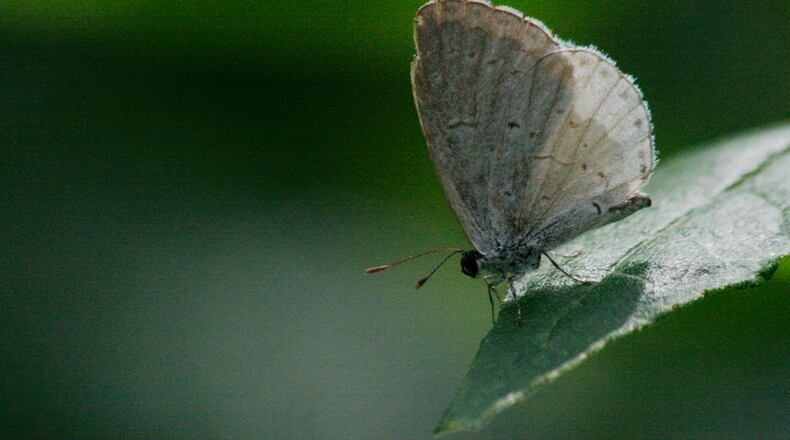Moon Time: On April 3, the Apple Blossom Moon enters its second quarter at 1:39 p.m. Rising in the middle of the day, setting in the night, this moon passes overhead in the afternoon.
Sun Time: By April 1, the sun reaches a declination of four degrees, 52 minutes, almost 60 percent of the way to summer.
Planet Time: Venus in Pisces is the bright morning star, low in the east before dawn. Mars moves retrograde, its red glow complementing the eye of Taurus along the western horizon after dark
Star Time: Late in the evening, look for the twins of Gemini in the western half of the sky. A little farther west, almost directly above Orion, the brightest star is Capella. Along the southwestern horizon, the most prominent star is Sirius, the Dog Star of middle summer
Weather Time: The April 2 Front: Rain typically precedes this front, and flurries or even major accumulation of snow follow it, making the 3rd through the 5th some of the wettest and most turbulent days of the month's first half. Although highs above 60 degrees become common in most of the nation during this period, frost continues to strike tender vegetables about one night in four.
Zeitgebers: Events in Nature that Tell the Time of Year: White cabbage butterflies are the surest sign of the collapse of early spring. And once you notice the familiar white cabbage butterfly, then you know the more elusive mourning cloak butterflies and the question mark butterflies and the tortoise shell butterflies and the tiny blues are flying, too.
When you see cabbage butterflies, then you know that your horoscope is favorable, and that gold finches are turning gold, and that you may soon see ants working on the sidewalk. Catfish have begun spring feeding and breeding. Green bottle flies have hatched and termites swarm, looking for new sweet wood to eat.
When cabbage butterflies are out, then soft sprouts of touch-me-nots have emerged in the wetlands and the branches of weeping willow trees are turning pale yellow-green as their buds expand. In the city, cornus mas shrubs produce golden blossoms, promising forsythia within a week.
Farm and Garden Time: After the first cold wave of April moves east and the moon is waxing, farmers and gardeners throughout the central areas of the United States typically plant their corn.
April under the waxing moon is also a fine time to plant late summer and autumn grasses and legumes in order to extend your grazing season.
The waxing moon of April encourages the seeding of almost all flowers and vegetables in flats. Most seeds take between one to three weeks to sprout. The small plants should be ready to transplant by the middle of May when the danger of frost has passed.
Marketing Time: Passover takes place between April 10 and April 18. The Jewish market typically is best after religious holidays come to a close. Milk-fed lambs and kids below 60 pounds are favored for the Passover market. Lamb stew is a traditional Seder dish at Passover Seder dinners.
Mind and Body Time: One way to fight spring fever is to give in to it. Another is just to try to notice as much of the season as you can. If you only pay attention to the beauty of the day for one or two minutes of the week, then spring can be over for you in about 20 minutes. And that means all the spiritual and physical urges that normally accompany the season will be mixed up inside you, causing moodiness and a sense of frustration. To combat those feelings, pay closer attention to what is going on in the natural world. Spring will last longer that way, and you'll be able to get it in — and out — of your system without undue spring fever.
Creature Time: Fishing should be most productive as the barometer falls in advance of the April 2 and April 6 cold fronts. Since the moon will be overhead in the afternoon during this time, afternoon ought to be the best time of day to be out on the water.
The waxing moon and the sun’s movement toward summer encourage the arrival of more birds to your area. Great blue herons hunt the wetlands. Woodcocks arrive in the woods. Yellow-bellied sapsuckers pass through the region heading north. Flycatchers and pewees soon reach the Ohio Valley.
Journal
Soft morning in the upper 40s, light wind from the south: As I jogged through the neighborhood, the robins were loud and consistent companions, song sparrows piercing through in several neighborhoods, the cardinals not really joining steadily until 6:45. I heard crows at 6:49, a blue jay at 6:53. At 8:00, a yellow finch came to the feeder; it was the first I’ve seen with summer plumage.
Looking back over each day’s notes, I see my autobiography in the entries. I live again, in this way of nature, my movement both linear and radial, binding together consciousness of years with birdcalls and the length of leaves and the opening of flowers. That narrowest of focus creates continuity, connection with a vague mood of the people and events of my life, omitting all the data of my workday resume, but providing feeling and sense of the whole. The myopia does not exclude all the other acts but instead places them almost inconspicuously inside a sprawling, soft and mottled landscape.
About the Author
